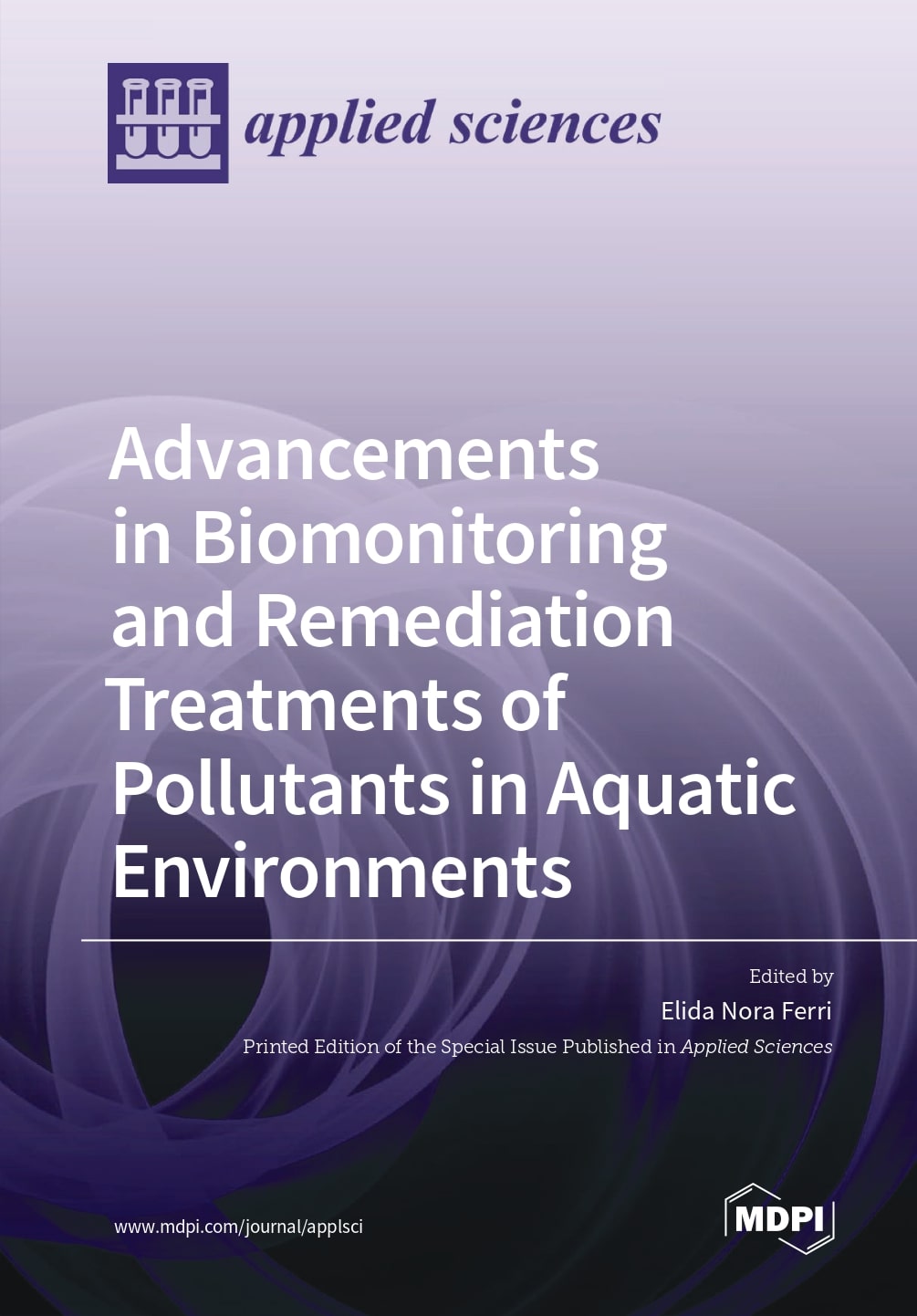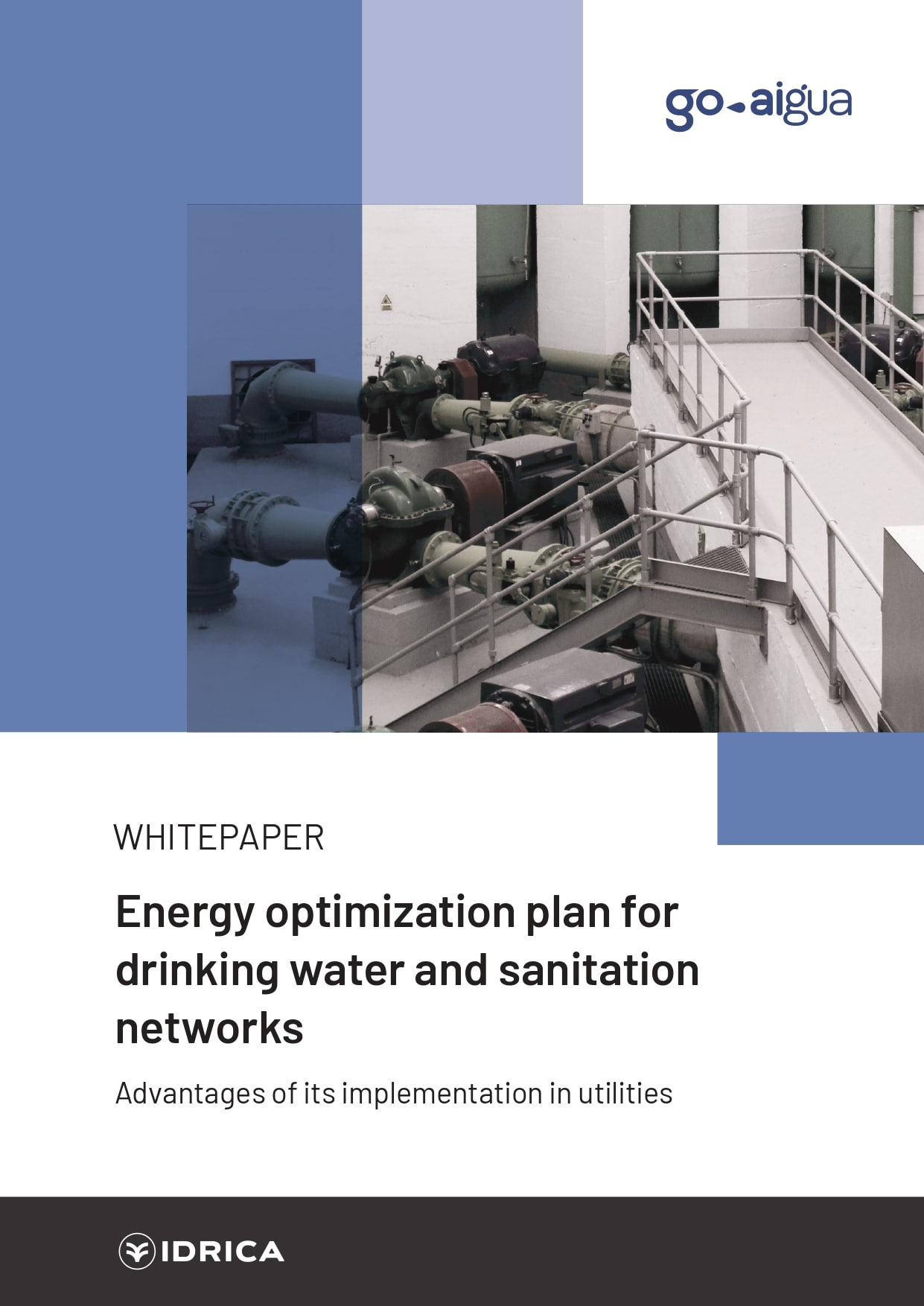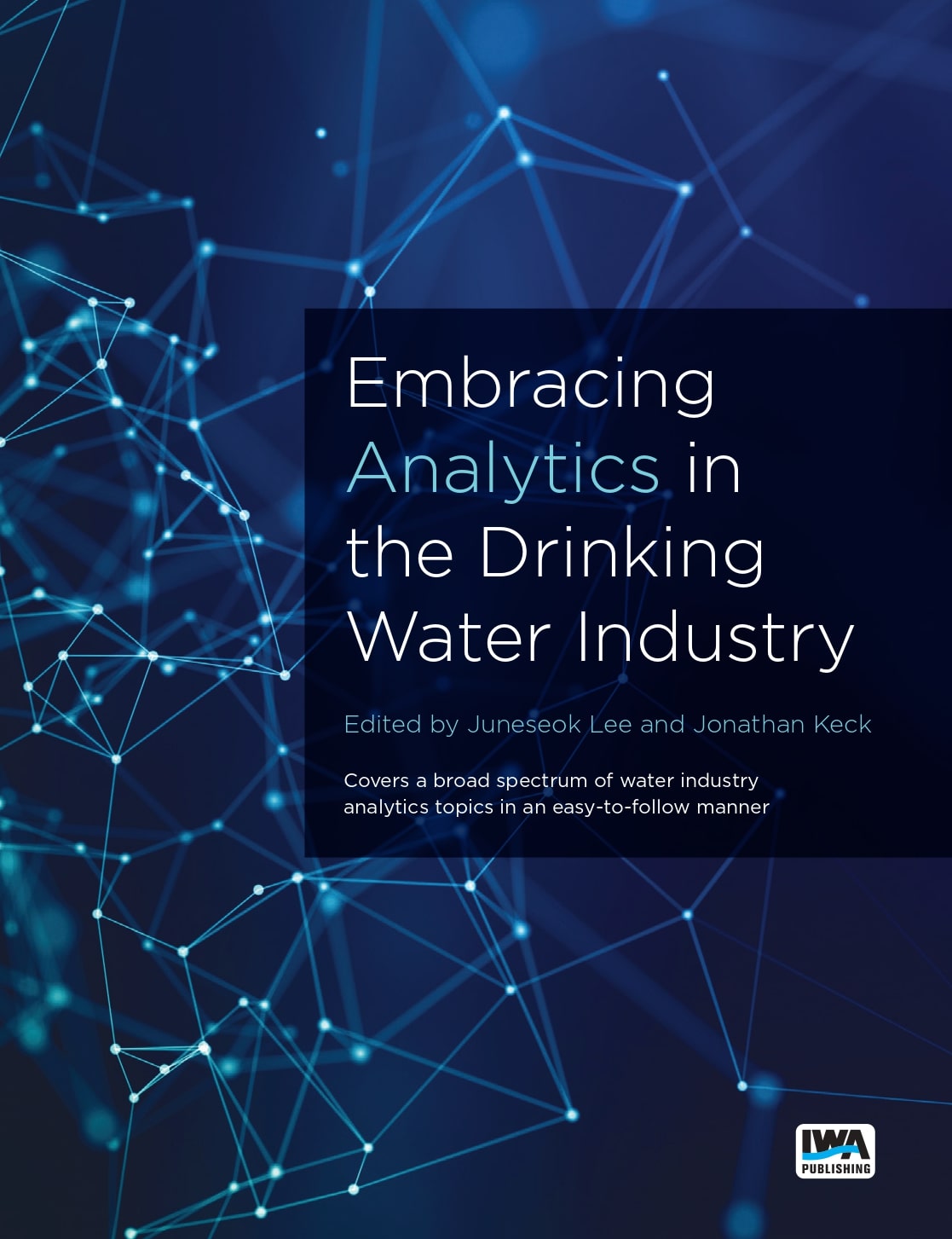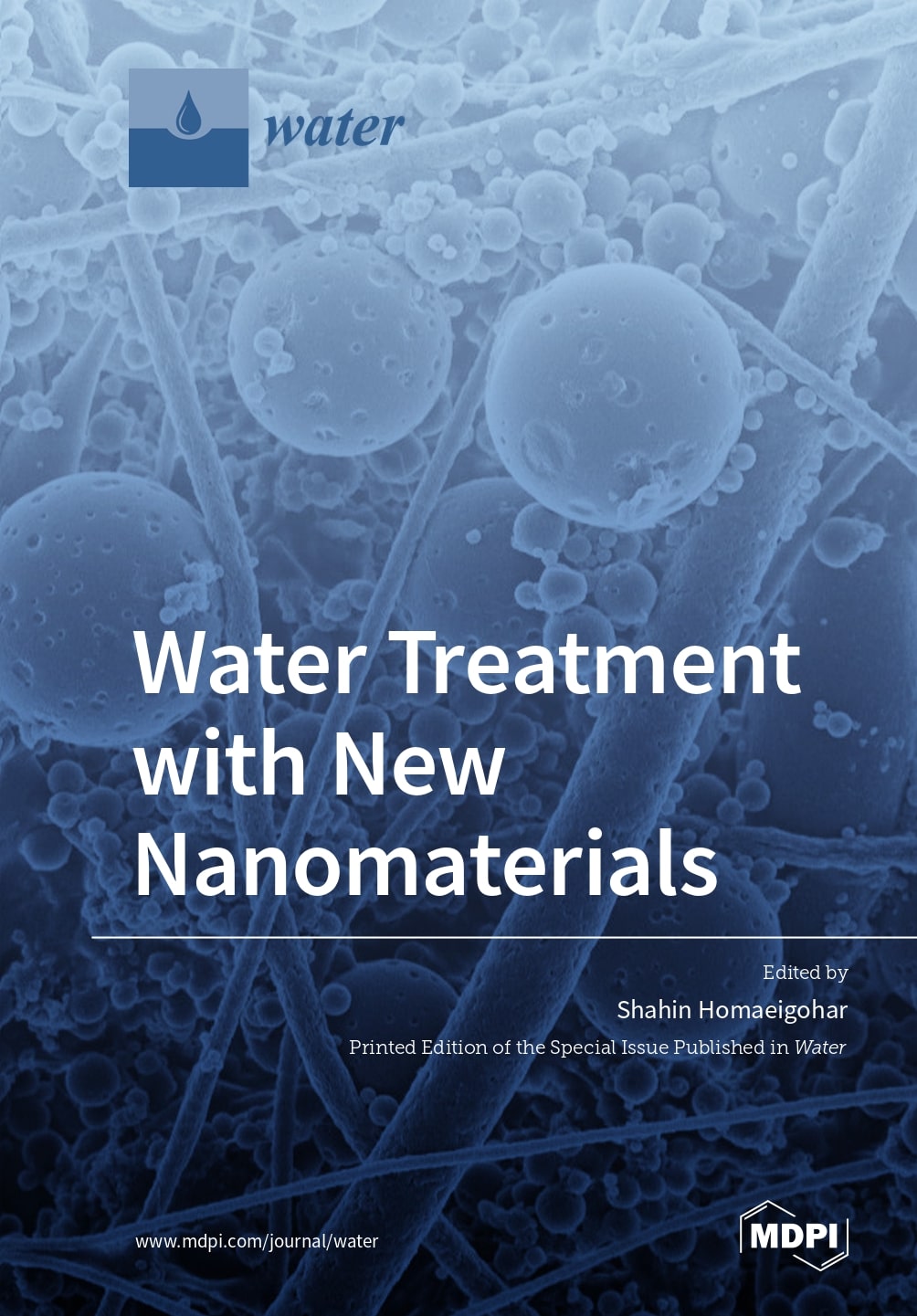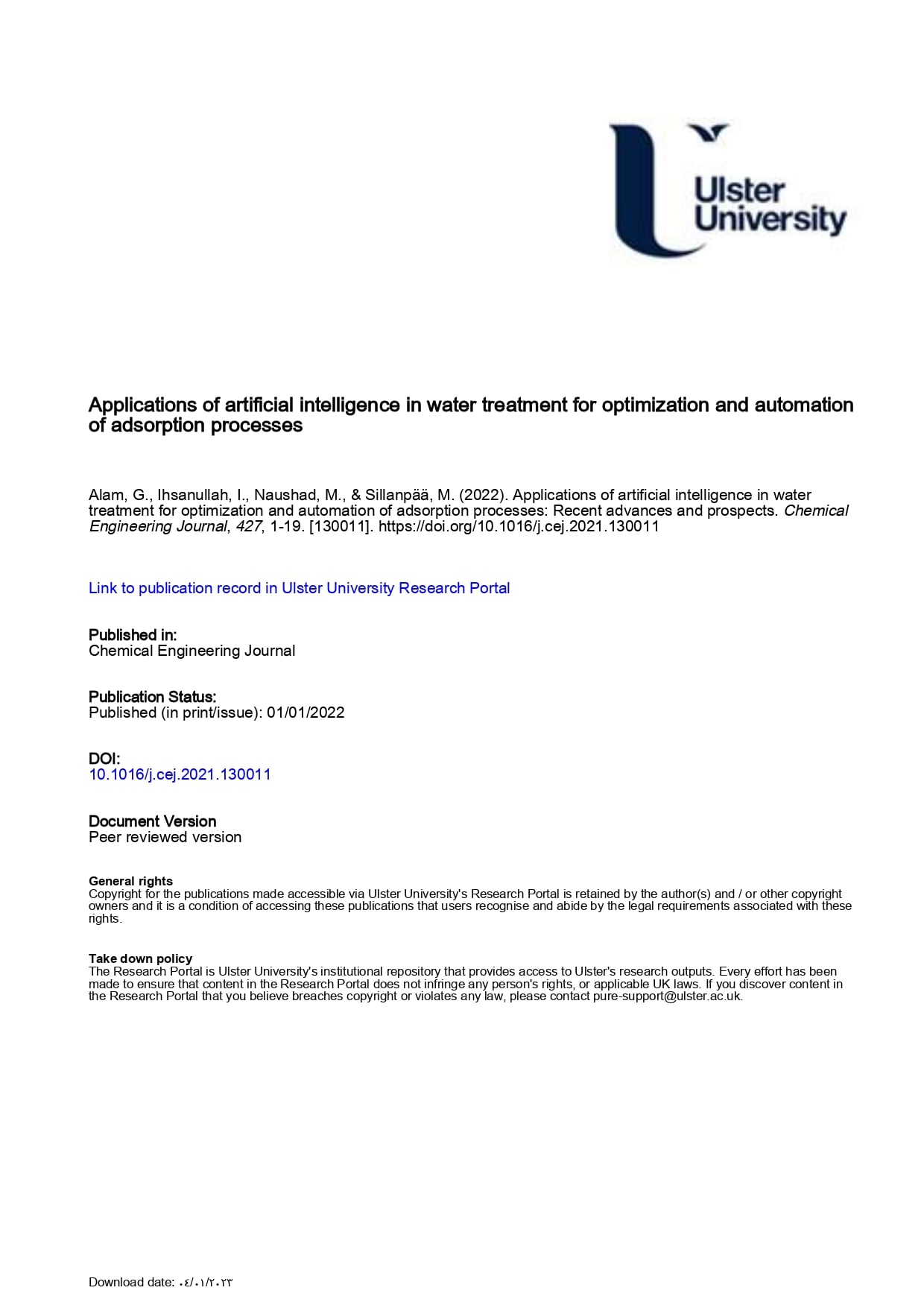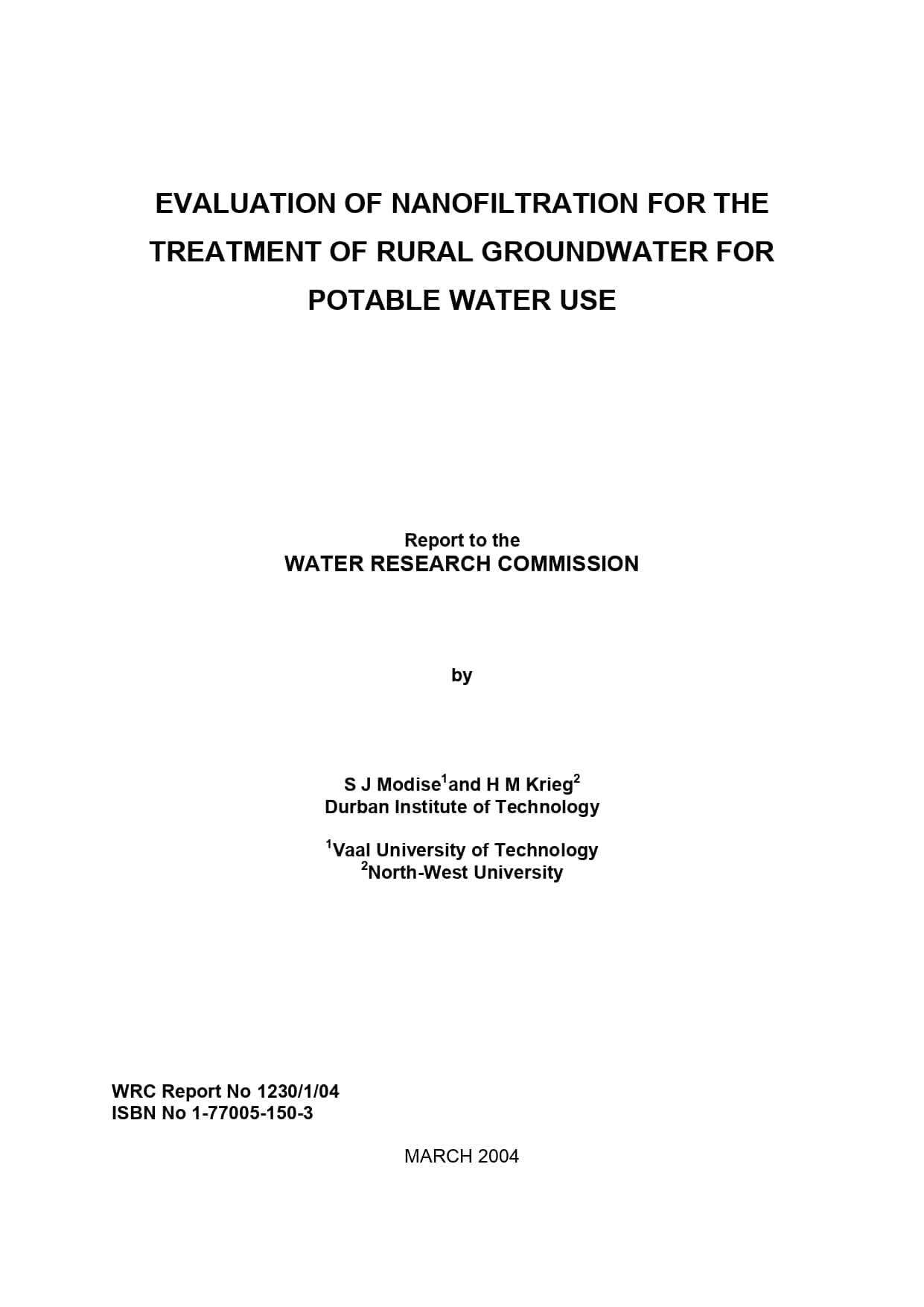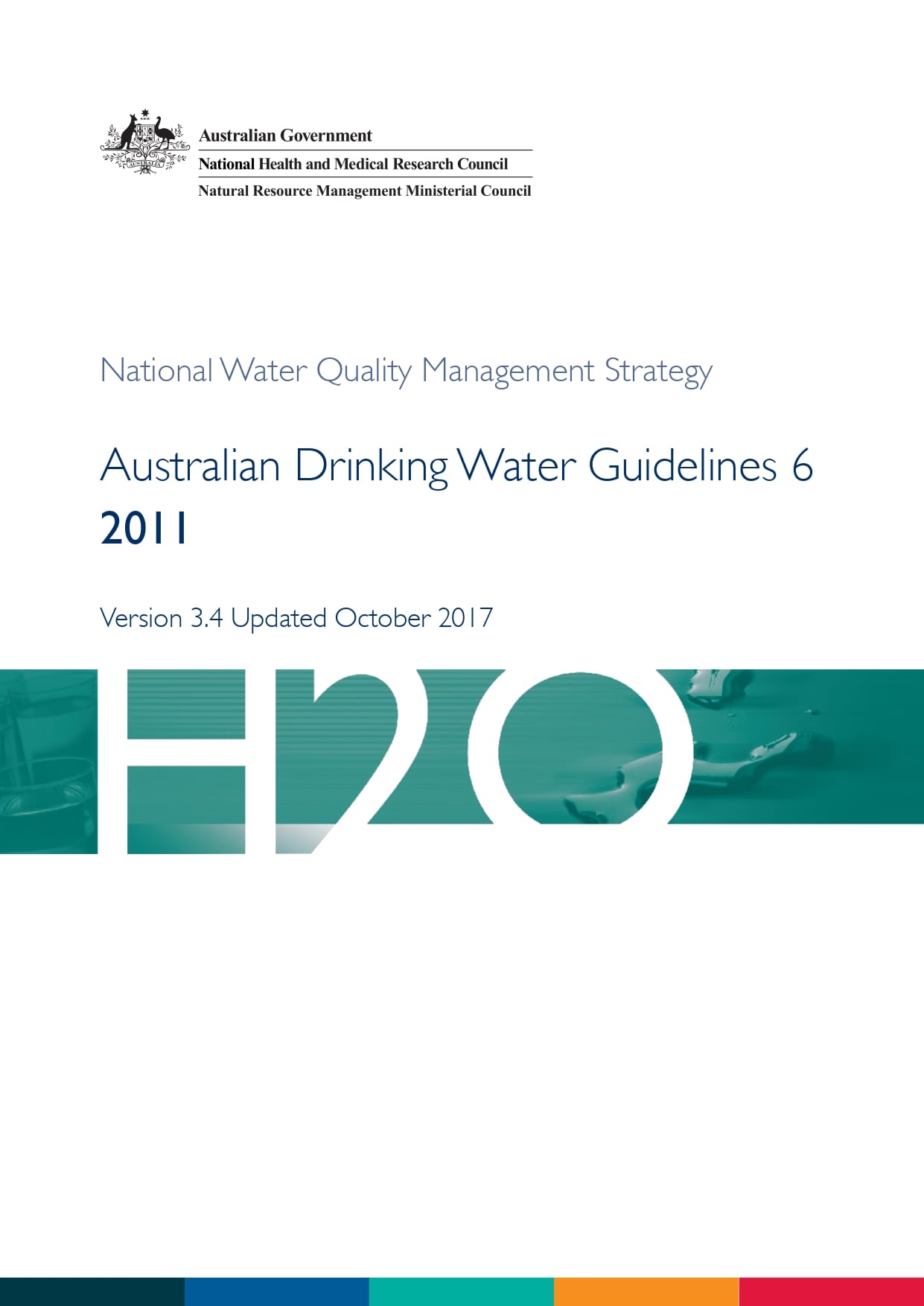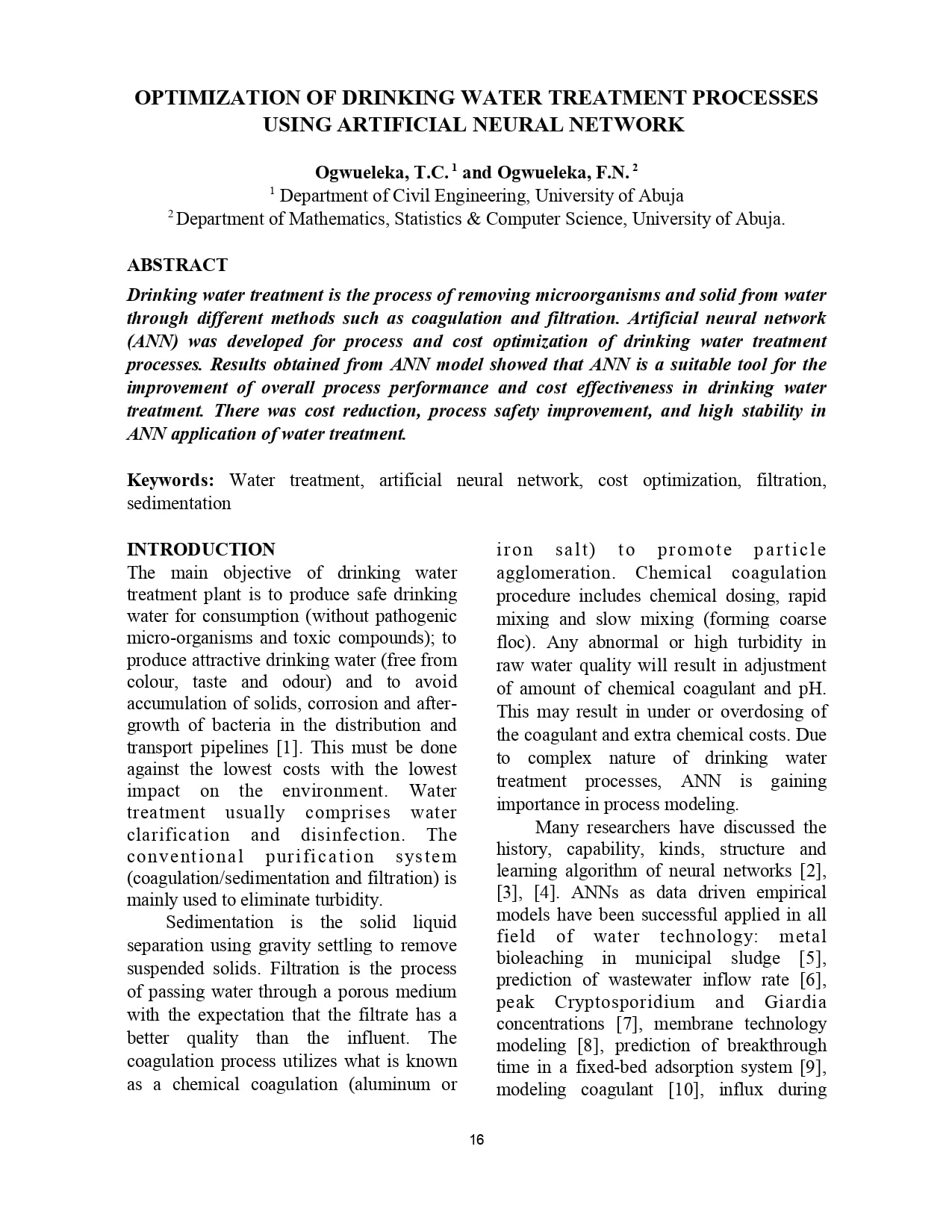Advancements in Biomonitoring and Remediation Treatments of Pollutants in Aquatic Environments
This book is a collection of a group of peer-reviewed scientific papers dealing with both the evaluation and the solution of the complex but pressing problem of water source pollution. In the case of both fresh and marine water, the environmental and health protection aspects are closely linked. Monitoring activities supply continuous information on the contamination levels in inland surface, ground, and coastal waters, providing an alert in case of increased or new contamination and monitoring the effectiveness of remediation strategies. On the other hand, new or improved remediation and bioremediation tools are urgently needed to tackle the scarcity of safe drinking water. The papers in this book represent interesting starting points for future researches.
Advancements in Biomonitoring and Remediation Treatments of Pollutants in Aquatic Environments
This book is a collection of a group of peer-reviewed scientific papers dealing with both the evaluation and the solution of the complex but pressing problem of water source pollution. In the case of both fresh and marine water, the environmental and health protection aspects are closely linked. Monitoring activities supply continuous information on the contamination levels in inland surface, ground, and coastal waters, providing an alert in case of increased or new contamination and monitoring the effectiveness of remediation strategies. On the other hand, new or improved remediation and bioremediation tools are urgently needed to tackle the scarcity of safe drinking water. The papers in this book represent interesting starting points for future researches.
Energy optimization plan for drinking water and sanitation networks
Abstract
This document contains information on the deployment of an Energy Optimization Plan for a drinking water distribution network and/or sanitation system.
It describes the problems that advocate its implementation, details the best methodology and describes the benefits obtained from its deployment.
Energy optimization plan for drinking water and sanitation networks
Abstract
This document contains information on the deployment of an Energy Optimization Plan for a drinking water distribution network and/or sanitation system.
It describes the problems that advocate its implementation, details the best methodology and describes the benefits obtained from its deployment.
Embracing Analytics in the Drinking Water Industry
Analytics can support numerous aspects of water industry planning, management, and operations. Given this wide range of touchpoints and applications, it is becoming increasingly imperative that the championship and capability of broad-based analytics needs to be developed and practically integrated to address the current and transitional challenges facing the drinking water industry. Analytics will contribute substantially to future efforts to provide innovative solutions that make the water industry more sustainable and resilient.
The purpose of this book is to introduce analytics to practicing water engineers so they can deploy the covered subjects, approaches, and detailed techniques in their daily operations, management, and decision-making processes. Also, undergraduate students as well as early graduate students who are in the water concentrations will be exposed to established analytical techniques, along with many methods that are currently considered to be new or emerging/maturing. This book covers a broad spectrum of water industry analytics topics in an easy-to-follow manner.
Embracing Analytics in the Drinking Water Industry
Analytics can support numerous aspects of water industry planning, management, and operations. Given this wide range of touchpoints and applications, it is becoming increasingly imperative that the championship and capability of broad-based analytics needs to be developed and practically integrated to address the current and transitional challenges facing the drinking water industry. Analytics will contribute substantially to future efforts to provide innovative solutions that make the water industry more sustainable and resilient.
The purpose of this book is to introduce analytics to practicing water engineers so they can deploy the covered subjects, approaches, and detailed techniques in their daily operations, management, and decision-making processes. Also, undergraduate students as well as early graduate students who are in the water concentrations will be exposed to established analytical techniques, along with many methods that are currently considered to be new or emerging/maturing. This book covers a broad spectrum of water industry analytics topics in an easy-to-follow manner.
Water Treatment with New Nanomaterials
Nanomaterials have been playing a crucial role and offering new opportunities for the construction of permeable and selective membranes and adsorbents. Such features are of paramount importance, particularly given the limited available energy resources. In this book, several recent studies are introduced that deal with water treatment via nanomaterial-based technologies. Such state-of-the-art technologies have employed nanomaterials that are made of polymer, composite, ceramic, and carbon, etc., and are shaped in various dimensionalities and forms such as particle (0D), fiber (1D), and film (2D–3D). The nanostructured membranes and adsorbents as well as photocatalytic nanosystems capable of active photodecomposition of organic pollutants, e.g., dyes, are the main focal points of discussion.
Water Treatment with New Nanomaterials
Nanomaterials have been playing a crucial role and offering new opportunities for the construction of permeable and selective membranes and adsorbents. Such features are of paramount importance, particularly given the limited available energy resources. In this book, several recent studies are introduced that deal with water treatment via nanomaterial-based technologies. Such state-of-the-art technologies have employed nanomaterials that are made of polymer, composite, ceramic, and carbon, etc., and are shaped in various dimensionalities and forms such as particle (0D), fiber (1D), and film (2D–3D). The nanostructured membranes and adsorbents as well as photocatalytic nanosystems capable of active photodecomposition of organic pollutants, e.g., dyes, are the main focal points of discussion.
10 Artificial Intelligence Innovations Impacting the Filtration Industry
Artificial intelligence is gaining importance in various applications of daily life, including the filtration industry. The application of AI is increasing in the domain of membrane[1]based filtration and treatment and is recognized as an energy-efficient water management process. AI processes find application in membrane desalination, forward osmosis, industrial filtration, and other filtration treatments in many modern industries such as manufacturing, wastewater treatment, and petrochemicals. Here are 10 of the top artificial intelligence innovations impacting the filtration industry in 2021 and beyond.
10 Artificial Intelligence Innovations Impacting the Filtration Industry
Artificial intelligence is gaining importance in various applications of daily life, including the filtration industry. The application of AI is increasing in the domain of membrane[1]based filtration and treatment and is recognized as an energy-efficient water management process. AI processes find application in membrane desalination, forward osmosis, industrial filtration, and other filtration treatments in many modern industries such as manufacturing, wastewater treatment, and petrochemicals. Here are 10 of the top artificial intelligence innovations impacting the filtration industry in 2021 and beyond.
Applications Of Artificial Intelligence In Water Treatment For Optimization And Automation Of Adsorption Processes
Artificial intelligence (AI) has emerged as a powerful tool to resolve real-world problems and has gained tremendous attention due to its applications in various fields. In recent years, AI techniques have also been employed in water treatment and desalination to optimize the process and to offer practical solutions to water pollution and water scarcity. Applications of AI is also expected to reduce the operational expenditures of the water treatment process by decreasing the cost and optimizing chemicals usage.
Applications Of Artificial Intelligence In Water Treatment For Optimization And Automation Of Adsorption Processes
Artificial intelligence (AI) has emerged as a powerful tool to resolve real-world problems and has gained tremendous attention due to its applications in various fields. In recent years, AI techniques have also been employed in water treatment and desalination to optimize the process and to offer practical solutions to water pollution and water scarcity. Applications of AI is also expected to reduce the operational expenditures of the water treatment process by decreasing the cost and optimizing chemicals usage.
Evaluation of Nanofiltration for the Treatment of Rural Groundwater for Potable Water Use
Clean drinking water and sanitation, effective wastewater or industrial effluent treatment and management, and safe and efficient health care facilities and awareness are vital services to all communities around the world and in particular, South Africa. The South African government has embarked on the provision of adequate and safe water to all. This has lead to a more intensive water research than ever before to ensure increasing and continued supply of drinkable and other survival related water.
Evaluation of Nanofiltration for the Treatment of Rural Groundwater for Potable Water Use
Clean drinking water and sanitation, effective wastewater or industrial effluent treatment and management, and safe and efficient health care facilities and awareness are vital services to all communities around the world and in particular, South Africa. The South African government has embarked on the provision of adequate and safe water to all. This has lead to a more intensive water research than ever before to ensure increasing and continued supply of drinkable and other survival related water.
Australian Drinking Water Guidelines 6 2011
The Australian Drinking Water Guidelines (the ADWG) are intended to provide a framework for good management of drinking water supplies that, if implemented, will assure safety at point of use. The ADWG have been developed after consideration of the best available scientific evidence. They are designed to provide an authoritative reference on what defines safe, good quality water, how it can be achieved and how it can be assured. They are concerned both with safety from a health point of view and with aesthetic quality.
Australian Drinking Water Guidelines 6 2011
The Australian Drinking Water Guidelines (the ADWG) are intended to provide a framework for good management of drinking water supplies that, if implemented, will assure safety at point of use. The ADWG have been developed after consideration of the best available scientific evidence. They are designed to provide an authoritative reference on what defines safe, good quality water, how it can be achieved and how it can be assured. They are concerned both with safety from a health point of view and with aesthetic quality.
Optimization of Drinking Water Treatment Processes Using Artificial Neural Network
Drinking water treatment is the process of removing microorganisms and solid from water through different methods such as coagulation and filtration. Artificial neural network (ANN) was developed for process and cost optimization of drinking water treatment processes. Results obtained from ANN model showed that ANN is a suitable tool for the improvement of overall process performance and cost effectiveness in drinking water treatment. There was cost reduction, process safety improvement, and high stability in ANN application of water treatment.
Optimization of Drinking Water Treatment Processes Using Artificial Neural Network
Drinking water treatment is the process of removing microorganisms and solid from water through different methods such as coagulation and filtration. Artificial neural network (ANN) was developed for process and cost optimization of drinking water treatment processes. Results obtained from ANN model showed that ANN is a suitable tool for the improvement of overall process performance and cost effectiveness in drinking water treatment. There was cost reduction, process safety improvement, and high stability in ANN application of water treatment.


